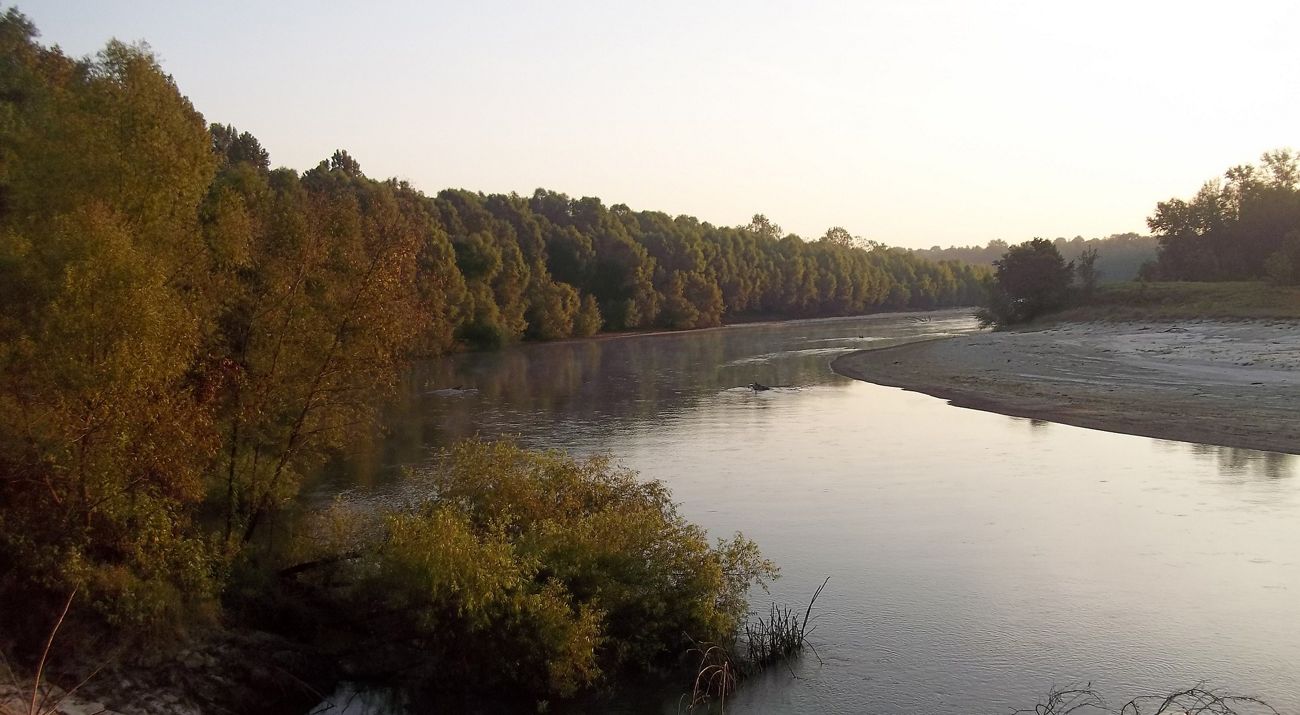Pascagoula River Watershed
Mississippi

The Pascagoula River is the largest undammed river in the contiguous 48 states.
The Singing River
The Pascagoula is often called the "Singing River." According to legend, the peace-loving Pascagoula Indian tribe sang as they walked hand-in-hand into the river to avoid fighting with the invading Biloxi tribe. It is said that on quiet nights you can still hear them singing their death chant.
The Pascagoula Watershed also rings with the calls of 327 species of birds that breed among the sprawling cypress-tupelo swamps, oxbow lakes and pine ridges. Wading birds croon as they forage throughout the bayous, and graceful swallow-tailed kites hunt for prey in the extensive bottomland forest. Even the distinctive clattering bugle of the rare Mississippi sandhill crane can be heard within the pine savanna.
In 1974, The Nature Conservancy and other dedicated conservationists rallied to bring 35,000 acres of the watershed under public protection. This "grassroots epic," as E.O. Wilson called it, led to a river corridor presently buffered by almost 70,000 acres of public and private conservation lands.
TNC has remained committed to this river treasure, helping establish the Pascagoula River Basin Alliance in 2001. In recent years, with the help of partners, TNC acquired 2,100 acres along the Leaf and Pascagoula Rivers in the George and Greene County region of the Pascagoula River Basin—the chapter’s first land acquisition in more than 10 years.
In addition to making a conservation impact across the state, the purchase connected more than 450,000 contiguous acres between the De Soto National Forest and the Pascagoula Wildlife Management Area, now the largest tract of contiguous conserved lands in Mississippi.
In October 2016, this land was transferred to the Mississippi Forestry Commission for future management and protection. The transfer happened approximately 40 years to the month after the Conservancy signed 32,000 acres of pristine bottomland over to the State of Mississippi to establish the Pascagoula River Wildlife Management Area (WMA). These two achievements bookend 40 years of conservation milestones in Mississippi and signal a bright future for conservation efforts.
The Pascagoula Watershed remains a priority for The Nature Conservancy, from the forests to the coastal estuaries, and the Singing River itself.

